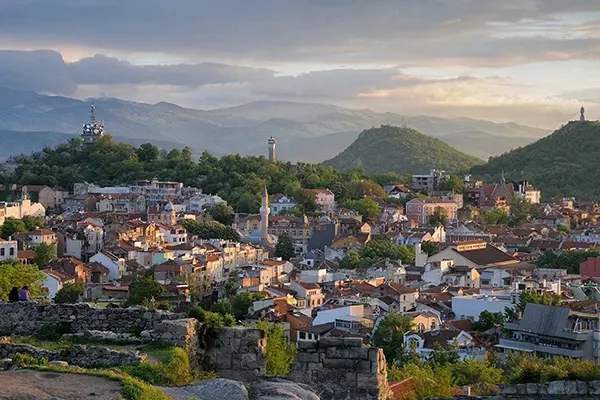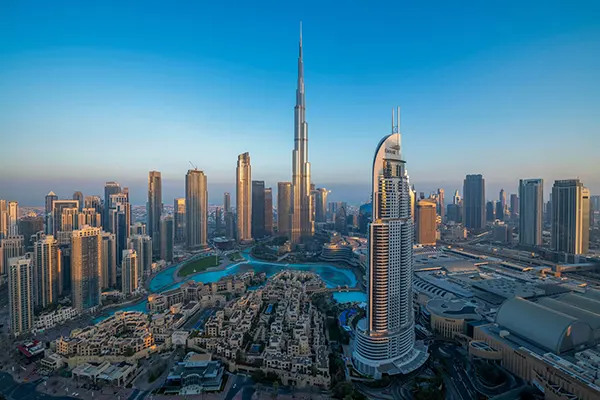
Plovdiv: The Cultural Mosaic of Bulgaria’s Timeless Heritage
Plovdiv, one of Europe’s oldest continuously inhabited cities, stands as a living testament to Bulgaria’s rich and layered history. Its cobbled streets, ancient theatres, Ottoman mosques, and Renaissance houses coexist in harmony, offering a striking blend of eras and cultures. As of 2025, Plovdiv continues to thrive as a centre for art, history, and cultural exchange, drawing visitors from across the world who seek authenticity and historical depth.
Plovdiv’s Historical Legacy: From Thracians to the Modern Era
The roots of Plovdiv date back over 8,000 years to the Thracian settlement of Eumolpias. Over the centuries, it witnessed the rise and fall of numerous empires — Macedonian, Roman, Byzantine, and Ottoman — each leaving behind visible traces that define the city’s identity today. The Roman Theatre of Philippopolis, built in the 1st century AD and still in use, remains one of the city’s proudest landmarks.
During the Middle Ages, Plovdiv became an essential trade hub between Europe and Asia, with its diverse population contributing to a dynamic cultural landscape. The city’s strategic position on the Maritsa River turned it into a melting pot of influences — Greek, Turkish, Armenian, and Jewish — all coexisting within the same vibrant community.
By the 19th century, Plovdiv played a crucial role in Bulgaria’s National Revival. The Old Town’s architectural masterpieces, with their painted facades and intricate wooden carvings, symbolise the spirit of renewal that defined this era. Many of these homes, now museums and galleries, continue to preserve the soul of Bulgarian craftsmanship and artistry.
The Modern Face of an Ancient City
Today, Plovdiv balances its ancient heritage with modern development. The city’s urban expansion has not compromised its historical essence but rather embraced it. The Kapana district — once an artisan quarter — has transformed into a lively creative zone filled with independent shops, cafes, and art studios, attracting young entrepreneurs and artists.
As one of Europe’s Capitals of Culture in 2019, Plovdiv reinforced its position as a hub for innovation in the arts. The event sparked lasting initiatives that continue into 2025, such as public art projects, digital galleries, and cultural festivals that promote inclusivity and sustainability.
Modern Plovdiv also prioritises environmental initiatives, introducing more pedestrian zones and expanding green spaces around the Maritsa River. The blend of ecological awareness and heritage preservation has become central to the city’s identity, making it a model for other European destinations.
The Architectural and Cultural Fabric of Plovdiv
Plovdiv’s architecture is a vivid reflection of its multi-layered past. The Old Town is a maze of stone alleys lined with mansions from the Bulgarian Revival period, while the Roman Stadium, Ottoman mosques, and Orthodox churches coexist within walking distance. Each structure tells a story of coexistence and transformation.
The Ethnographic Museum, housed in the Kuyumdzhioglu House, provides an authentic glimpse into the 19th-century urban lifestyle. Nearby, the Ancient Theatre continues to host concerts and performances under the open sky, connecting the city’s residents with their ancestors through art and culture.
Plovdiv’s artistic scene extends far beyond traditional forms. The city is home to contemporary galleries, music festivals, and street art movements that rejuvenate its public spaces. Murals and installations in Kapana and beyond have redefined Plovdiv’s image as a creative capital in Southeastern Europe.
Festivals and Traditions that Unite Generations
Plovdiv’s annual calendar is filled with cultural events that celebrate its diversity. The International Fair Plovdiv, one of the oldest in the Balkans, remains a key economic and cultural event. Meanwhile, the Night of Museums and Galleries transforms the city into a giant art space, inviting residents and tourists alike to explore its creative potential.
Local festivals such as the Hills of Rock music festival and the Kapana Fest blend international influences with Bulgarian spirit, attracting thousands of visitors every year. These gatherings not only showcase artistic talent but also strengthen the city’s community ties and intergenerational dialogue.
Traditional customs, from folklore dances to Easter celebrations, continue to thrive in neighbourhoods and public squares. The coexistence of ancient rituals and modern events gives Plovdiv its unique rhythm — a balance between preservation and progress.

Plovdiv’s Future: Innovation Through Heritage
Looking ahead, Plovdiv continues to build its future upon the foundation of its past. Urban renewal projects focus on restoring historical landmarks while promoting sustainable tourism. The municipality’s long-term vision for 2030 prioritises digital innovation in heritage preservation, encouraging collaboration between historians, technologists, and artists.
Investment in education and cultural institutions ensures that Plovdiv remains a beacon of knowledge and creativity. Universities and cultural centres across the city work together to develop projects that combine science, art, and community engagement, shaping a new generation of cultural ambassadors.
With Bulgaria’s growing focus on green energy and digital transformation, Plovdiv’s development aligns with broader European objectives for sustainability. The city’s enduring spirit — rooted in its ancient past yet always looking forward — continues to inspire both residents and visitors as it stands proudly among Europe’s great historical cities.
A Living Symbol of Continuity
Plovdiv’s greatest strength lies in its ability to evolve without losing its essence. The layers of its past remain visible not as relics but as active participants in everyday life. Walking through its streets, one can feel how history, art, and modernity intertwine to create something uniquely Bulgarian yet universally human.
As of 2025, Plovdiv remains not only a museum of time but a city of progress — a living example of how cultural heritage can shape the identity of a modern European community. Its story is not just about preservation but about the constant renewal of meaning and connection.
In every sense, Plovdiv stands as a bridge between centuries, proving that history is not behind us — it lives, breathes, and evolves with every step through its timeless streets.



